Renault Zoe, in actual driving: 309 km of autonomy … without effort!
Renault Zoe electric car receives a battery with a capacity of 41 kW, almost double the previous one. Thanks to this technical change, autonomy skyrockets.
Zoe Renault R210, the first to arrive in 2013, had an engine that was Continental and a battery of 22 kWh. As its name implied, approved autonomy was 210 km. The next evolution of this electric utility of similar size to Renault Clio (albeit somewhat higher) was produced with the appearance of the version of the Renault Zoe R240 2015. Again, his name made mention of autonomy obtained in the NEDC cycles, those 30 km widened, thanks to a more efficient engine, Renault now manufactured instead of Continental, and like the original power. Another small detail is that, while could receive the first rapid charging (43 kW), the second could only do the semi-rapid (22 kW).
Renault Zoe, second-generation battery
Both versions have been cohabiting so far, at which point no longer they are replaced by others with new engines, if not with their respective 22 kWh batteries are to be replaced by others of 41 kWh. The new battery weighs only 15 kg (few more if we consider that its mass is 305 kg). Thanks to that increase of 46 percent capacity, the new battery developed with LG Chem and identified as Z.E. 40 makes the Renault Zoe the electric car high production and affordable price with the battery that stores more power and can go further. Mentioning the price is essential when there are Tesla battery with electrical energy storage 70 and 90 kWh.
To increase the capacity of the battery has passed the recipe on the one hand, by improve the amount of metals in which store electricity; while on the other, has taken better advantage of available space, swelling the size of cells and eliminating unnecessary spaces between them. As above, the battery has 12 modules and 192 cells.
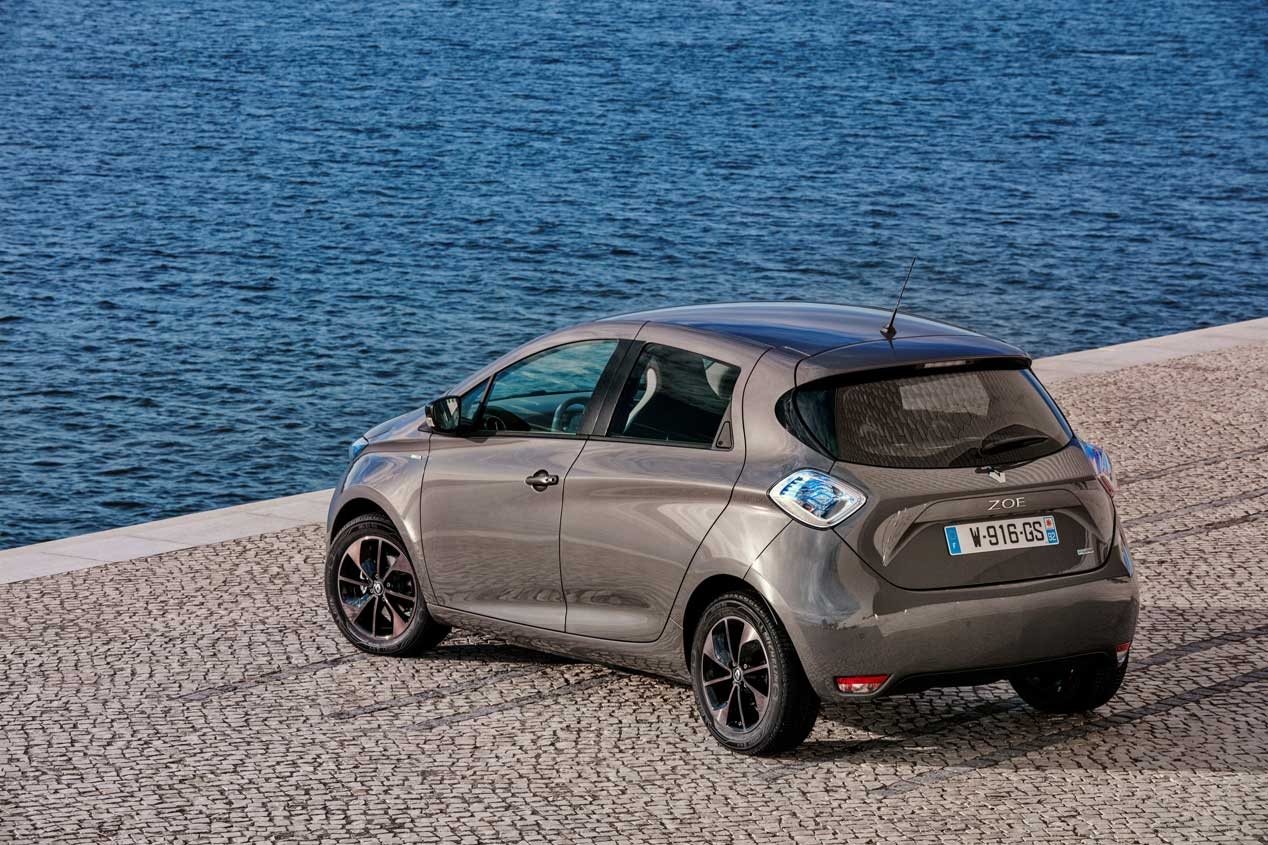
Renault Zoe, up to 400 km of electric range
What give of themselves 41 kWh in an electric Renault Zoe like? For if we follow the only truly comparable figure for each other models (by far not represent actual use), which is obtained in the NEDC approval cycles are 403 km which can be covered exhausting all of the payload in combination with the most modern engine, which makes it Renault. These versions, in that cycle consume 10.2 kWh / 100 km, They are now called R90 Z.E. 40.
On the other hand, Continental engine still remains on offer (On the R210) also it combines the Renault Zoe the new battery 41 kWh. In this case, to spend more (11.1 kWh / 100 km with NEDC standard), autonomy is 370 km, ie 160 more than what was obtained with 22 kWh battery.
The benefits are identical for this version Q90 Z.E. 40 (homologated 88 hp) that you get the R90 Z.E. 40 (92 CV). For this Zoe Continental engine the price increase is 750 euros, while its biggest advantage is linked to that possibility, as the R210, to be able to support rapid chargingIf we can access a connection 43 kW (power supply is grounded to 63 A), reimburse the 80 percent electricity from the battery, if empty, in 65 minutes; while the R90 Z.E. 40 takes to fill completely, more: requires 100 minutes, then the limit admitted power is 22 kW (32 A).
Realistically, Renault not only provides data autonomy obtained in a cycle of simulated driving, such as NEDC, but also adds in the data sheets some more related to autonomy, and based on the conditions that any driver could found in the day. So, They say the average range in summer is 300 km to the R90 Z.E. 40 and, in winter, 200 km. Q90 for Z.E. 40, respectively 280 and 180 km. That difference of 100 km is explained by the higher power consumption involved circulate in poor environmental conditions. Among these consumers, and although the Zoe uses a heat pump which is more efficient than other systems to provide thermal comfort in the passenger compartment is heating: in a thermal car engine heat to heat the vehicle interior can be used, but electric is not counted in the heat, on the other hand, a loss of energy. Other electrical consumers most commonly activated in bad weather are the windshield wipers, lights, heated rear window, etc.
 Renault Zoe, real consumption over 300 km of autonomy
Renault Zoe, real consumption over 300 km of autonomy
We played check how much these benefits are adjusted to use we could give the new Renault Zoe R90 Z.E. 40 in normal tours and for that, we went to Lisbon (Portugal) where, on the other hand, for the first time and we could drive the Renault Zoe Original.
In the first part, with intermittent rain and temperatures around 11 ° C, conditions that originated the use of various electrical consumers, in addition to the air conditioning working to keep the two occupants at 22, we rode 161 km and at the point of destination, even our disposal energy to have made 148 more. Therefore, using the Renault Zoe R90 Z.E. 40 roads, at relatively low speeds (42.1 km / h average) that are allowing traffic and the road, we had consumed an average of 13.3 kWh / 100 km and we could have achieved nothing less than 309 km a single charge.
Recharged by the second part of the touchdown (one day in which force charged rain, wind and cold) would run mostly already motorways. In this case, maintaining an average speed of over something at 90 km / h we found that it was perfectly possible to travel about 230 km. We also had the opportunity to prove that, holding an average speed of 120 km / h electricity consumption remained around 22 kWh / 100 km which would allow, thanks to the new 41 kWh battery, reaching about 190 km.
Renault Zoe, a choice of weight to thermal utilities
With these autonomies the Renault Zoe may well become, in many cases, already in a effective alternative to utilities with gasoline or diesel engines.
Studies like the one just presented the prestigious Massachusetts Institute Technology (MIT) suggest that, at present, electric cars for sale could replace 87 percent of vehicles with combustion engines, under the magnitude of the displacements that are carried with them; but in the case of Renault Zoe, that even goes beyond other electrical with their autonomy, the replacement rate could be significantly higher and well above 90 percent.

The performance of the Renault Zoe R90 and Q90 with battery Z.E. 40 are in fact similar to those of R240 and R210 Renault Zoe substituted.
Also it has a lowest cost per kilometer, in terms of energy used, than any equivalent heat engine option.
Renault Zoe, buying new formulas
So far, the formula of acquisition of Renault Zoe was mainly the purchase of the car with the car battery for a minimum of 69 euros monthly fee was paid, but variable in any case as kilometers provided annually and the duration of the contract. This type of acquisition Zoe remains, but Now the possibility to acquire the battery is also generalizes, anecdotally it was a possibility offered to the user from the sales network before.
Thus, the new Zoe Renault R90 Z.E. 40 costs 24,625 euros in the case of Life, 26,425 finished in the Intens and 29,225 level with the new Bose, always with battery on a rental basis, while considering acquiring It should be added to these prices additional 7,500 euros. Even if the battery buying instead of renting, Renault would take, at the end of his life, recycling the same. In fact, warranty does not vary, which is 8 years or 160,000 km whatever the formula vehicle purchase.
In the rental situation, the user can demand the replacement of the battery when it has lost 25 percent of its useful storage capacity.
Renault also contemplated satisfy those who enjoyed some primal Renault Zoe with battery, of 22 kWh of capacity and want to change the new 41 kWh. In this case, the proposal of the French brand is the exchange of one for the other by a payment 3,500 euros It is including both the same battery as the tasks of removal and refitting or recycling. Counted for customers who acquired the R240 Zoe the cost of this possibility will be 9,900 euros.
However, the 22 kWh battery does not disappear from the new Zoe range, since in it is maintains a version name Entry which becomes equivalent to the previous R240 Renault Zoe. Price, of course, is less (the standard equipment is similar to that contemplated in the Life finish) that have the most capable battery: It costs 22,125 euros if the battery is rented, 29,625 euros, that is acquired.
Renault Zoe, prepared for the Car Sharing
Entry (provided with the battery 22 kWh) and Life (with 41 kWh) have an envelope equivalent and form the basic echelon supply. In his list of equipment are the browser, automatic climate control, cruise control and limiter, the electrically adjustable mirrors, boot and keyless entry or ZE Voice which allows to control some functions using your voice. Also your options are similar: rims 16 “(289 euros), pre-installation of alarm (free option) or, and not a minor detail, adaptation for use in car sharing (247 euros), as is the case with Intens version. Which can give an idea that Zoe could well become vehicles to rival projects already underway as emov (PSA as a partner of Eysa and where Citroën C-Zero are used) or Car2go (with electric versions Smart Fortwo).
 Renault Zoe, finished Bose
Renault Zoe, finished Bose
He higher level of finishing of the new Renault Zoe Z.E. 40 is the new Bose. In addition to a specific color, called gray Rodio (409 euros), it has alloy wheels 16 “black, one brown leather upholstery and insertions or distinctive dashboard trim, environment aerators, R-Link screen, knobs, speakers, etc. Also the floor mats or door sills Zoe Bose distinguish from the rest, but most notable is the stereo with seven speakers. In addition, it also has unique functional equipment, like a lumbar adjustment in the driver’s seat, heated in the two front seats (with three temperature levels) sidewalks or reversing camera.
He Intensity level, intermediate in the case of carrying the battery Zoe second generation, It has electrically folding door mirrors and aluminum wheels 16 “bitonal. There are also some changes in the color of plastic, chrome profiles or even a free option package that adds touches of blue. As for other functional equipment to the Entry Life sum or the aforementioned alloy series, Arkamys sound equipment, sensor for activating wipers and lights, electric windows rear besides the driver rise and fall with a touch, or rear parking sensors. Share wheels 17 “(247 euros) in option with Bose and in a way it can approach the provision of this by having the camera rear parking option (165 euros now, before it was standard) or third rear head restraint (41 euros), the Bose have as standard.
The common option for all Zoe They are the extended mapping for browser R-Link system (99 euros) and metallic paints, much as some are specific.
In the range of zero emissions Renault still remains the first Renault Zoe Societé, one two-seater version transformed for use by companies (it has a loading area exceeding 800 liters), for the moment, remains faithful to the battery 1.0, the 22 kWh; however, it is expected to replace it in the future, as other Zoe, by 41 kWh.
You may also like
– That’s the Renault Zoe 2017
– Renault Zoe Societé, the electric car companies
– Electric cars will travel 400 km with 12 minutes of charging
– Renault Zoe test Intense, meat city

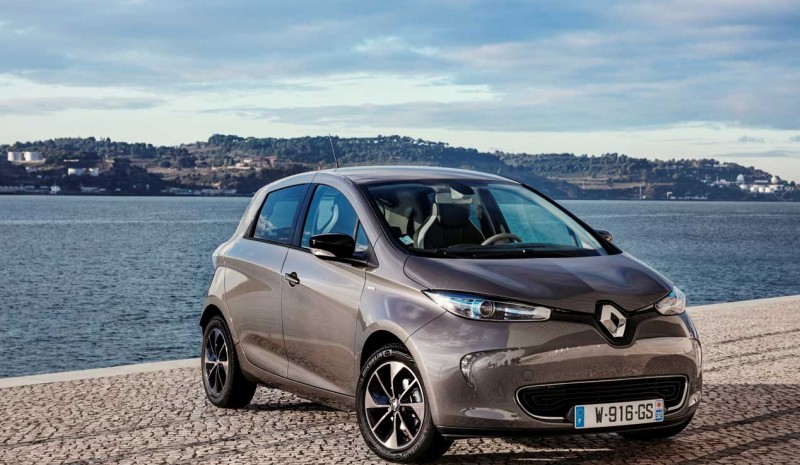

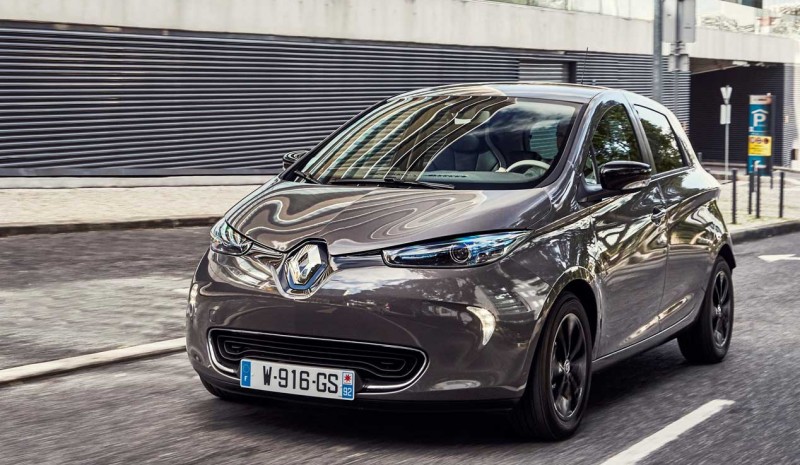
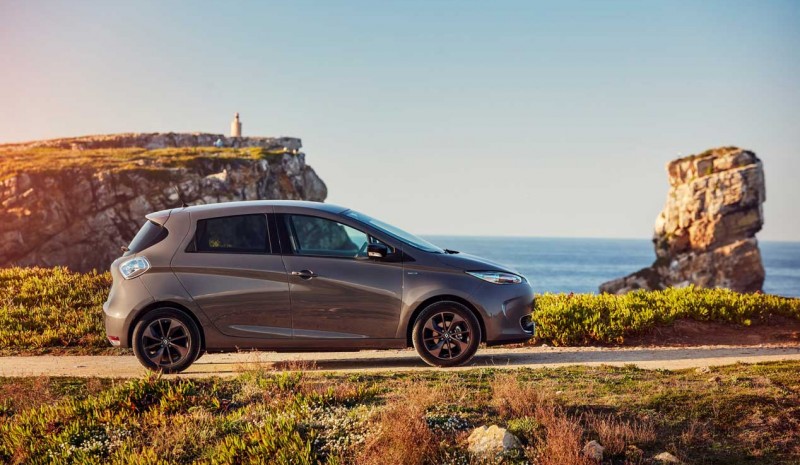
 Renault Zoe, real consumption over 300 km of autonomy
Renault Zoe, real consumption over 300 km of autonomy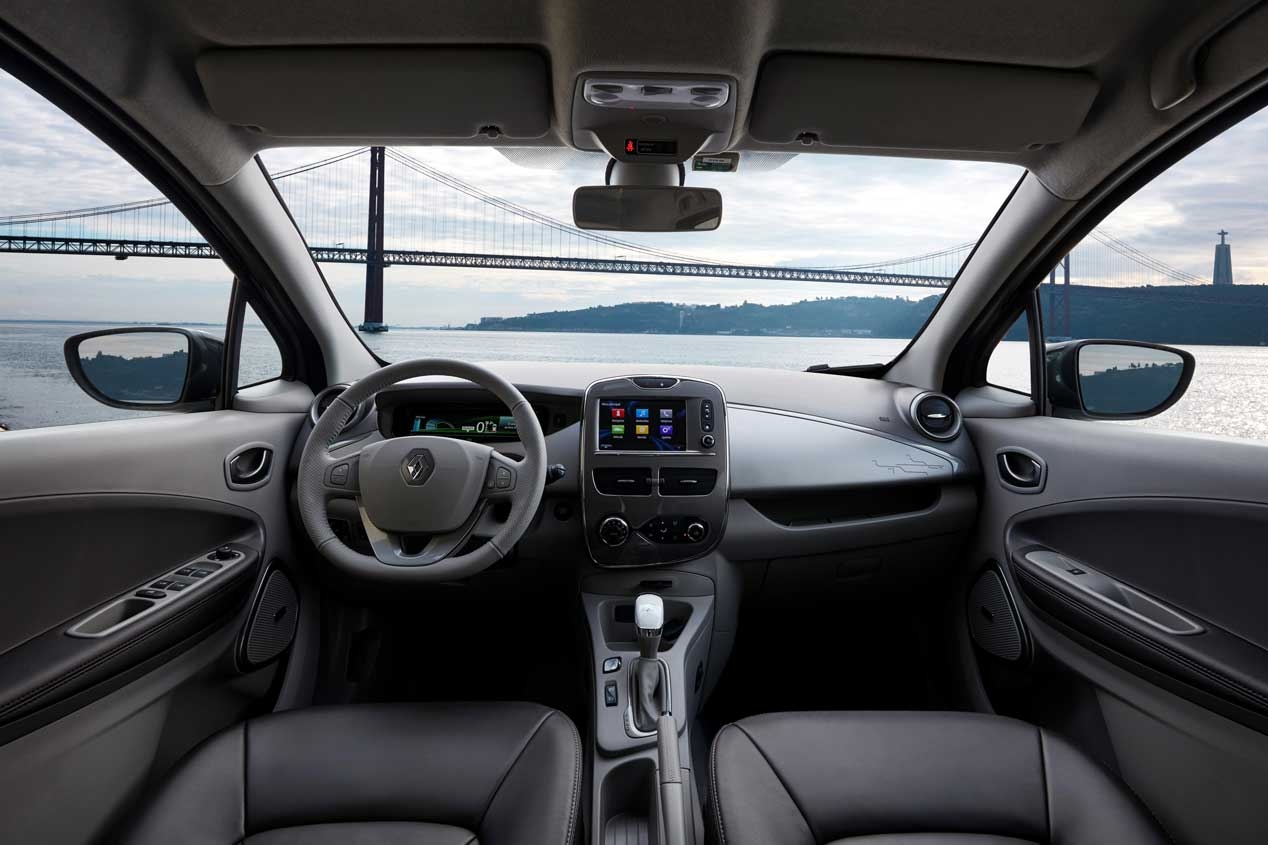 Renault Zoe, finished Bose
Renault Zoe, finished Bose